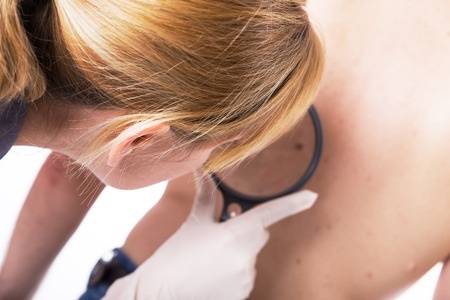Scientists and medical professionals have already established that a high number of moles puts an individual at risk for developing melanoma, the deadliest type of skin cancer. However, when a dermatologist at Harvard Medical School noticed that patients with fewer moles appeared to develop more aggressive melanoma, she and her fellow doctors reviewed 281 cases of the disease to determine if there was a link between the number of moles and the type of melanoma. The conclusion was that the patients with fewer moles appeared to develop a more aggressive type of melanoma than those who had more than 50 moles.
In attempting to explain these differences, researchers noted that traditionally, those with more moles are more aware of their own risk of developing skin cancers, prompting them and their doctors to pay closer attention to any changes in the appearance of the moles. By checking earlier and more often, the melanoma is caught sooner and may be prevented from progressing to a more advanced and aggressive stage. Patients with fewer moles may in fact be at a disadvantage as they and even those in the medical community may be less watchful for skin cancers.
It should be noted that melanoma cells are also not all identical. The genetic makeup of melanoma and the biological differences in patients may also affect the speed at which the cancer develops. A larger study using two patient groups which takes into account these differences would be needed to confirm these if findings can play a bigger role in the fight against melanoma .
What is currently known for certain is that:
- UV exposure is the most prominent risk factor for melanoma, accounting for 65% of all cases worldwide
- in the United States, melanoma is the rarest form of skin cancer, accounting for only 2% of all cases and yet it is responsible for 75% of all skin cancer deaths every year.
- regular application of broad-spectrum sunscreen can reduce the rate of melanoma by half. A 10-year study in Australia involving 1621 participants provided strong evidence of sunscreen’s effectiveness
However, sunscreen alone cannot shield us completely from the damaging UV rays. Practicing sun smarts such as staying out of direct sunlight between 10am and 4pm and wearing protective clothing and sunglasses all work together to reduce our risk of skin cancer. And that one, lonely mole you’ve got? Best to get it checked out, just to be safe.



